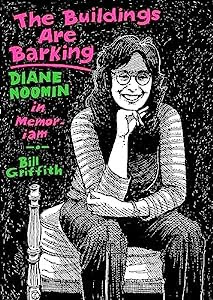.
There will be a blue moon this Wednesday, August 30th, which means that Marianne Porter's nanopress Dragonstairs Press will be selling 69 lovingly crafted and scandalously affordable copies of Red Fox Blue Moon starting at moonrise--and then burning any unsold copies at midnight.
Here's Marianne's press release:
Red Fox Blue Moon is another of Dragonstairs' blue moon projects. This is a 5 1/2” by 4 1/4” hand-stitched chapbook, numbered, and signed by author Michael Swanwick.
Roxy first appeared in Little Narnia, the publisher's Roxborough back yard, in April, 2023. She had nipples like daggers, strongly suggesting that she was eating for a family of youngsters. Always, she came through around 2:30 a.m. Very quickly, the neighborhood's feral cats learned to stay away at that time. This is the story of how she saved the world. Well, her world.
As with Dragonstairs' previous blue moon projects, Red Fox Blue Moon is issued in an edition of 69, available only briefly, during the full, blue, moon. After that time, all unsold copies, and all other physical relics (drafts, paste-ups, rejected designs) will be burned. The fire will be recorded and shown on the web.
Sales will span the blue moon, the second full moon in August. Red Fox Blue Moon will be available August 30, 2023 from 7:48pm (moonrise) to midnight. Time given is specific to Philadelphia, Pennsylvania, and is Eastern Daylight Savings Time. Visit www.dragonstairs.com to purchase.
Shipped Domestically, Red Fox Blue Moon, $11
Shipped Internationally, Red Fox Blue Moon, $12
And you may well ask . . .
Why publish on a blue moon? Why 69 copies? Why burn the unsold copies?
Simply put, this is done in emulation of Tunglið forlag (The Moon's Publishing Company), a Reykjavik publishing house that publishes books in editions of 69 during a full moon--and then burns all copies that don't sell that day.
The complete story can be found here.
Above: Three of the chapbooks with selfie by Roxy, employing a Cabela trailcam.
*







